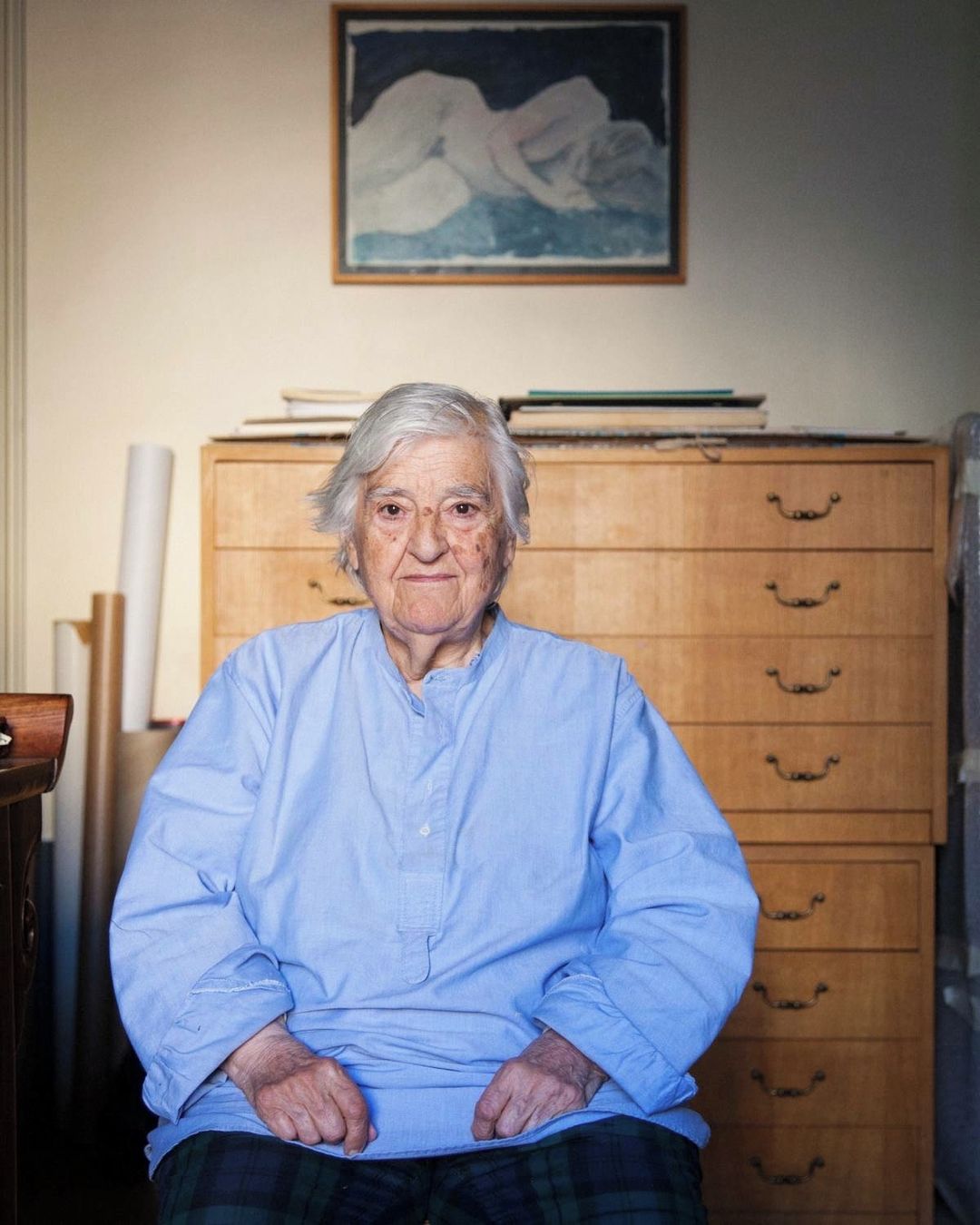
Lebanese American poet, painter, and novelist Etel Adnan died last Sunday in Paris at 96. For most of her life, she was known for her literary works that recounted wartime in Lebanon. Later on, the artist was recognised for her surreal paintings, which centred on the landscapes of the American West and the cosmos. Adnan made substantial contributions to the arts and humanities over her lifetime – we’re going to remember her journey, and all that she accomplished, today.
Etel Adnan was born in Beirut, Lebanon, in 1925 to a Turkish father and Greek mother. She was taught at french-speaking schools, conversed in Arabic when she was in public and spoke Greek with her mother at home. Consequently, the artist spoke three languages while growing up and had a profusion of influences to draw from to inform her identity and life’s work.
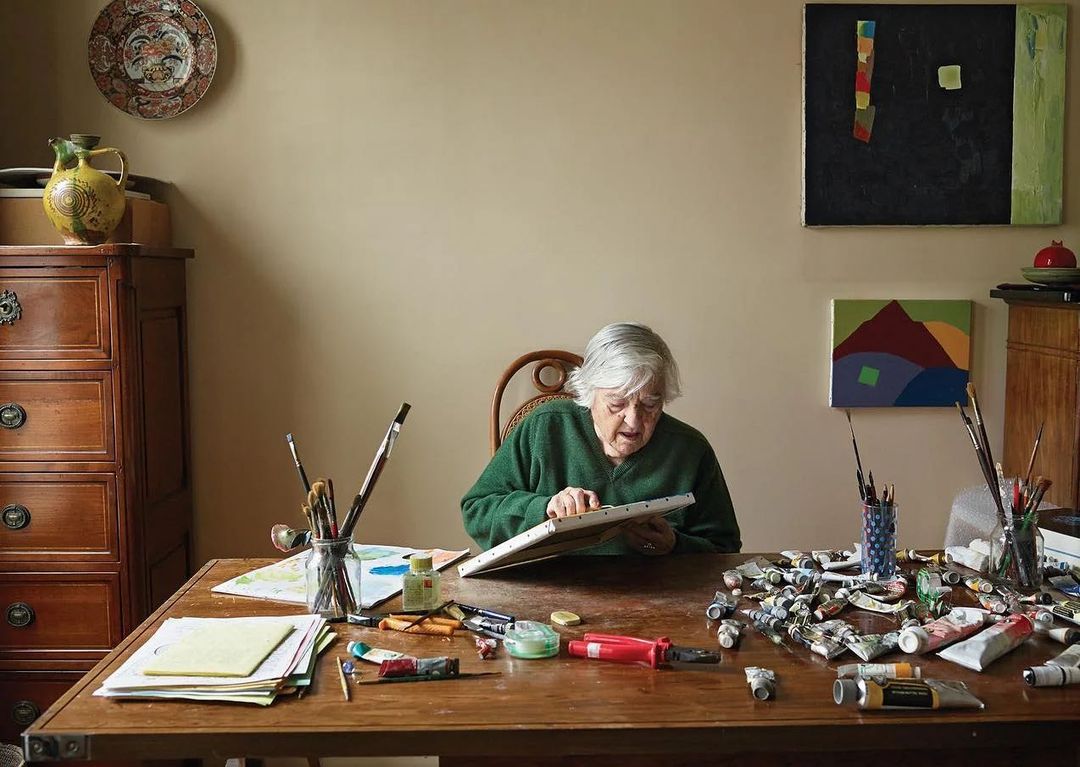
Academia was a prominent component of Adan’s history. In her youth, the writer studied at the Ecole Supérieure de Lettres de Beyrouth and then Sorbonne University in Paris. While at the former, the writer started penning poetry, which were the seedlings for some of her great works like, “In the Heart of the Heart of Another Country” and “The Arab Apocalypse.” Sometime after attending this school, Adnan received a scholarship to attend Sorbonne, where she studied philosophy. In 1955, the poet travelled to California for postgraduate studies at UC Berkley and Harvard, where she continued her studies in philosophy.
Adnan stayed in the area after graduation, teaching The Philosophy of Art and Aesthetics at Dominican College of San Rafael, California, in San Francisco’s Bay Area. It was here that Adnan started painting because a colleague advised her to practice what she taught. Although she hadn’t intended on becoming a painter at the time, her work has evolved and has been shown at prominent cultural institutions, like the Whitney and the Guggenheim (where they’re currently on display until 2022).
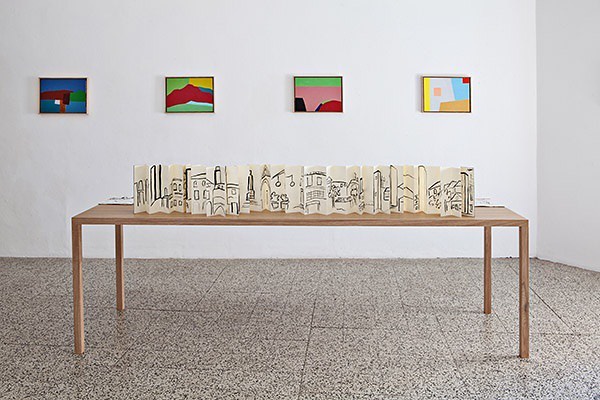
When speaking about her artistic and literary endeavours, Adnan once noted that meaning is revealed line by line in poetry, but in painting, all meaning is revealed in one go. She blended the two crafts in 1964 when she started creating leporellos. She recorded that “this Japanese format – where the paper unfolds – creates an horizontal plane that seems to be infinite, and that goes beyond the traditional frame of painted works.” Adnan wrote in Arabic for each of these leprellos and mentioned that she was “the first Arab painter besides Shaker Hassan al Saïd to start a trend in Arab Art, the one concerning the use of personal, non traditional and calligraphic writing, in Arab Art.”
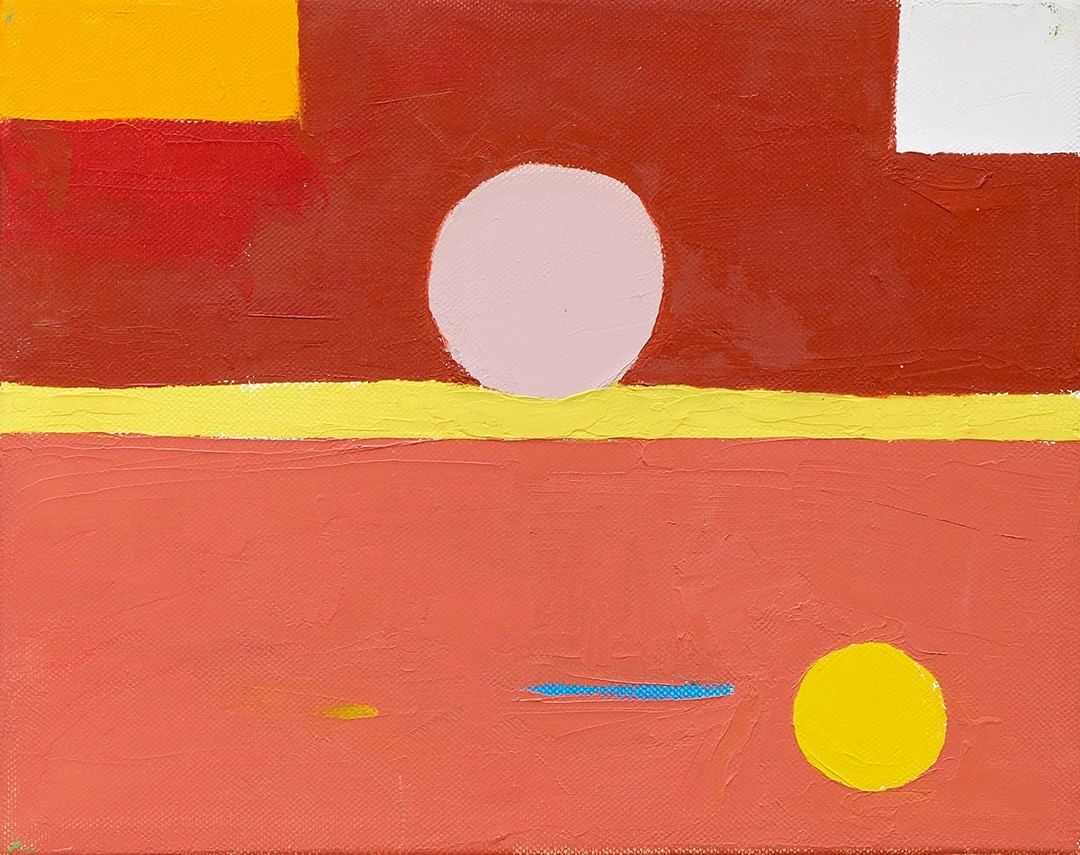
Etel Adnan did not limit her modes of expression. In her lifetime, she worked with various mediums, like textiles, clay, and film. Similarly, she did not limit herself to one job. Adnan travelled back to Beirut in 1972 to be the culture editor of French-language Newspapers for four years – first Al Safa, then L’Orient le Jour. When a Civil War broke out in Lebanon in 1977, Adnan re-settled herself again in San Francisco’s Bay Area and visited Paris often. Sausalito, California, was her new home, and her favourite neighbour was a mountain called Mount Tamalpais. The mountain was the subject of numerous Etel Adnan paintings, which rose to notoriety later in her life.
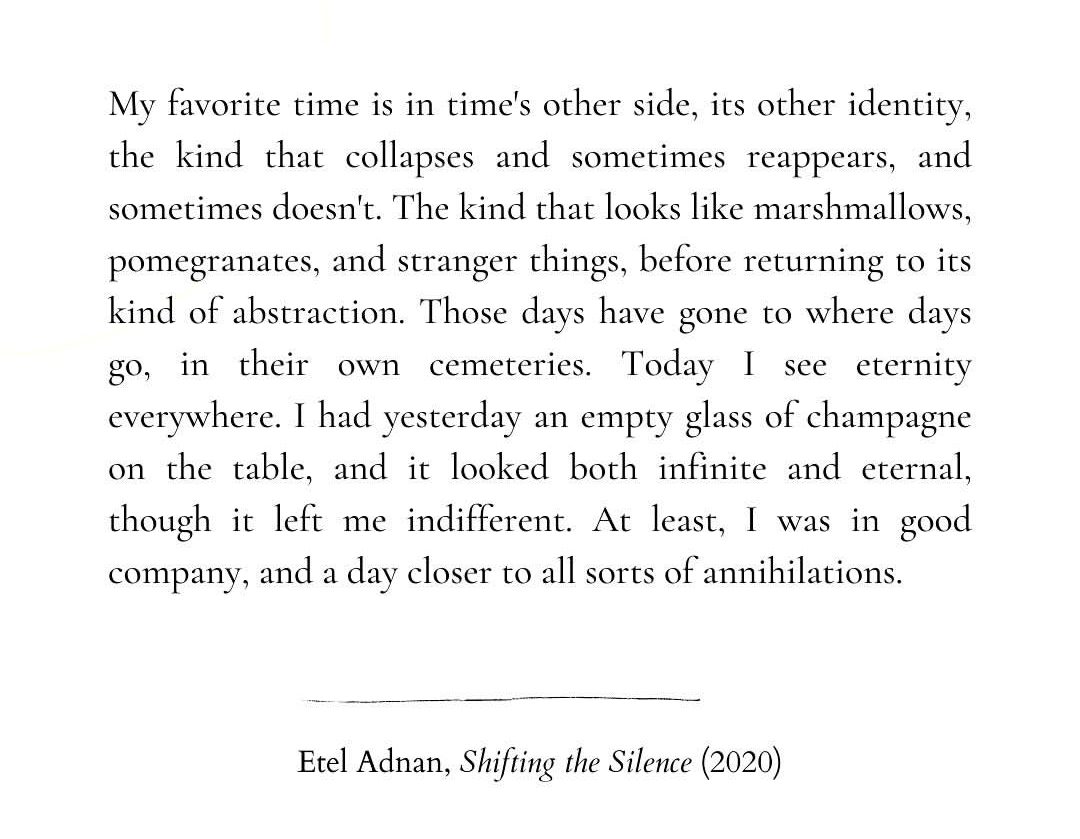
Etel Adnan was known principally for her writing, between her poetry, essays, and books. She expresses herself with arresting poetry that communicates the woes of war in jarring yet lyrical ways. In her novels and articles, she more explicitly takes a stand as an activist and feminist. Take, for example, her most influential book, Sitt Marie-Rose, which was issued in Paris in 1977 and won the “France-Pays Arabes” award. It’s a story based on the true, brutal kidnapping of a woman during Lebanon’s Civil War and is now considered a seminal work in war literature; covering both the social and gendered aspects of war politics.
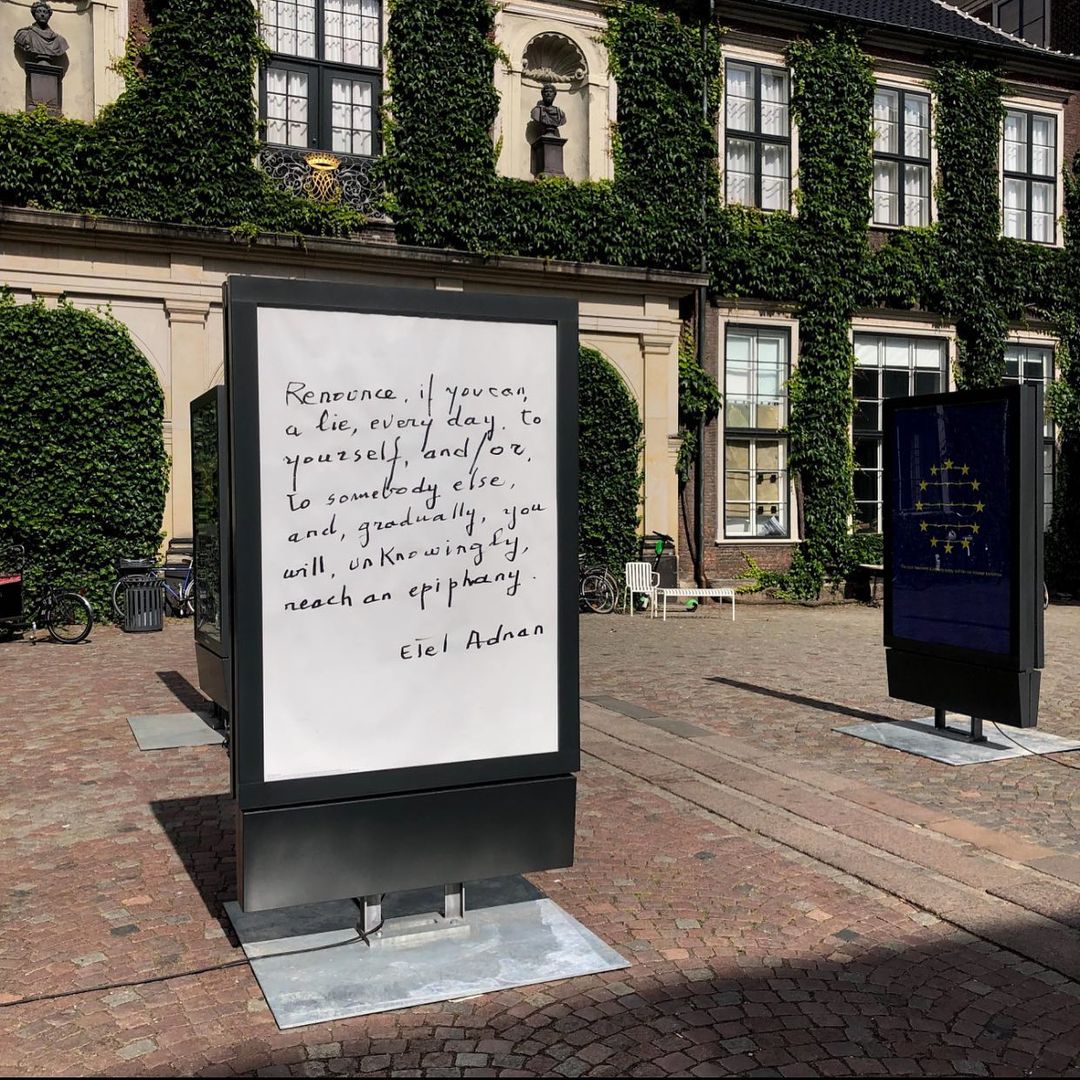
“Etel taught us how important memory is without nostalgia, and made physical in words and images the beauty rendered from the light and darkness of the 20th and 21st centuries,” Gallerist Mary Sabbatino shared with Artnet. Adnan’s influence is felt by painters, poets, and writers today who are inspired by her life’s work. Her identity lives on, as she embedded it in her work that continues to move and affect people, today and tomorrow.








